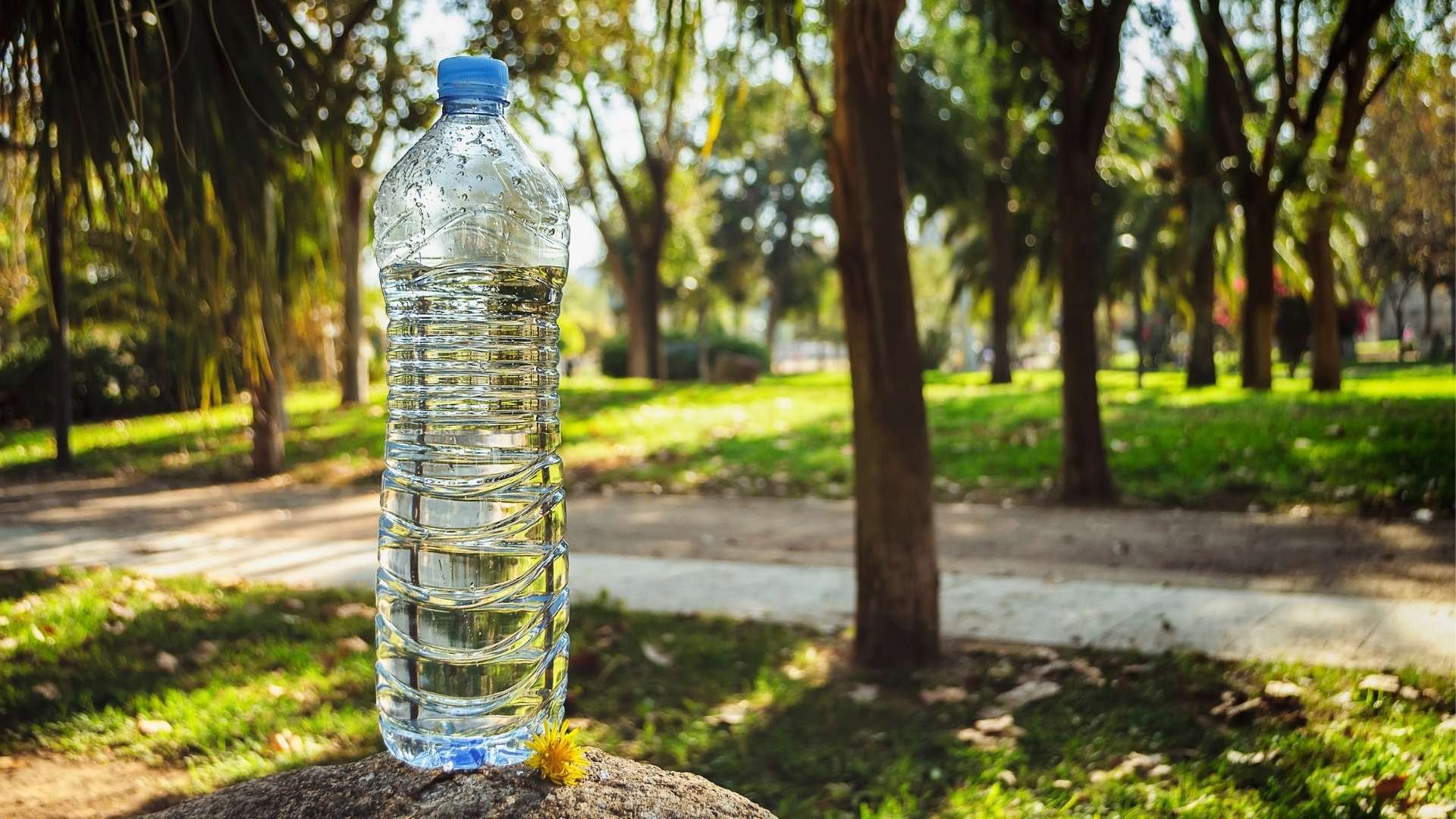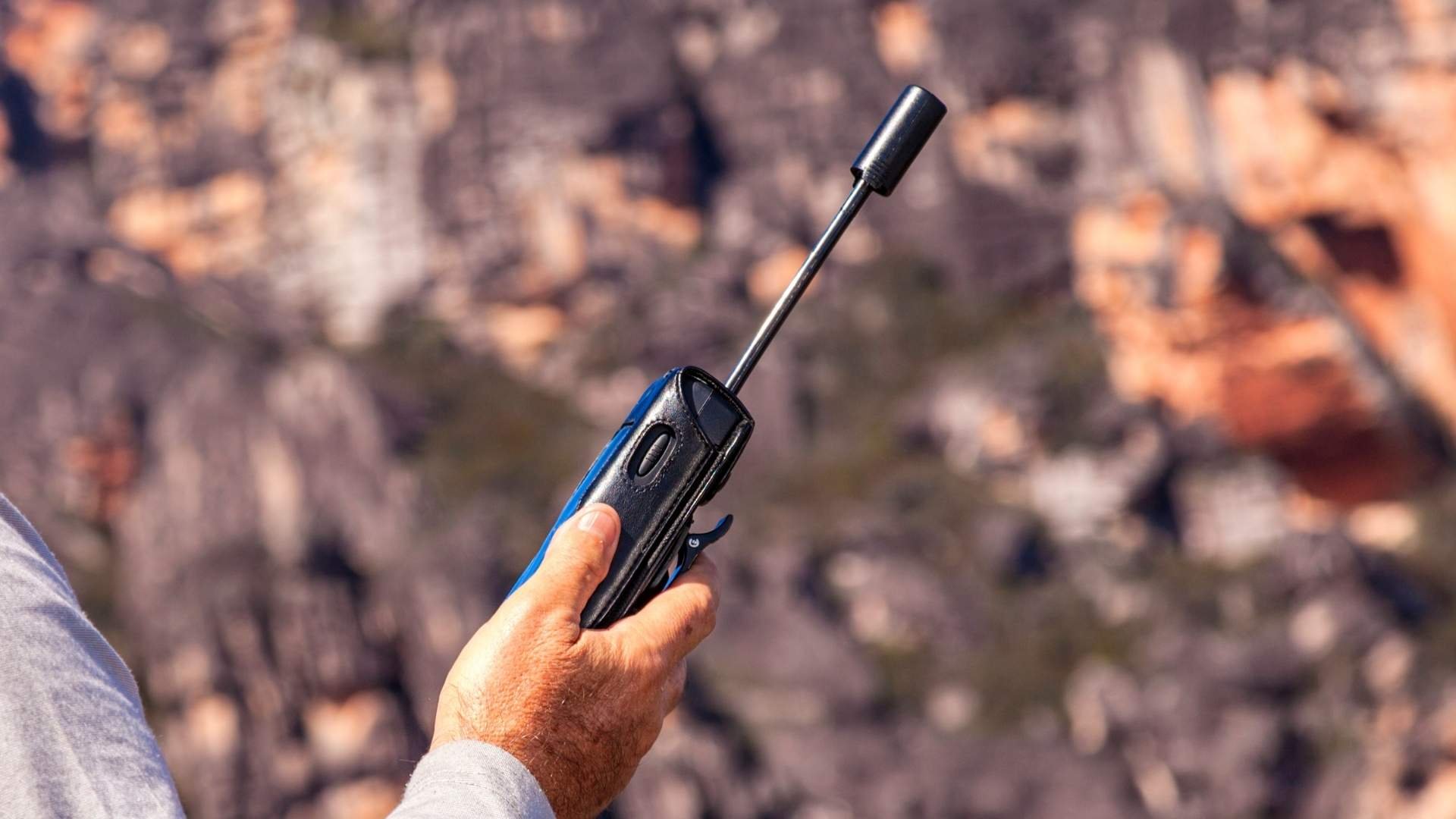It’s World Hydration Day!
Hydration is a key consideration for our field teams but is not the only one when it comes to safety.
Our blog today is the Cyberhawk Safety Checklist. It includes everything our team members need to consider before leaving HQ.

HYDRATION
Dehydration reduces our brain cells' functionality increasing the likelihood of mistakes and ability to make sound decisions. This can affect our safety and the quality of our work.
It is important therefore that we have enough water to last the day or session. If you drink a cup of coffee or other caffeine (including carbonated caffeinated drinks) it is worth noting that you need to drink an additional two cups of water to compensate!
TOP TIP: MAKE A POINT OF FINISHING YOUR WATER BOTTLE BEFORE REFILLING IT SO THAT YOU CAN BE SURE YOU’VE TAKEN IN YOUR DAILY REQUIREMENT.
KNOW THE LAND
Familiarity with the land – and everything that occupies it – is key to a smooth expedition.
This could mean knowing whether we are accessing land that too belongs to someone – or perhaps letting them know that they should expect you.
More commonly though, this can mean being aware of wildlife that live in certain places. For example, it is advisable that we tuck our socks into our trousers in the highlands as there's an endless army of bugs and ticks looking to gnaw at our feet there! Use gators if you expect snakes or be wary of animals during the breeding season; wild eagles for example that have been known to attack drones! Cows and sheep can get very protective of their young too.

THE RIGHT GEAR
As the old saying goes; ‘he who fails to prepare, prepares to fail.’
That means planning for the climate and circumstances that you expect – and for the ones that you don’t too.
We make sure that every one of our team has top-of-the-line hillwalking boots so that they have the thick soles and ankle support to conquer whatever terrain is put in front of them.
We also pack sunscreen and sunglasses – both of which help protect against UV damage on those long blazing days when we are out in the sun.
But that’s your everyday stuff. We also prepare for the worst too.
On the off-chance one of our team members becomes incapacitated, we advise they carry a hot drink and extra layers to keep warm if there’s a bit of a hike involved, as well as portable snacks for that little energy boost.
ON-SITE SAFETY CHECKS
The nature of our work means we must expect the unexpected. That is why we implement both pre-emptive and on-site dynamic risk assessments.
Whenever we encounter a situation that is not as expected we must recognize that whatever happens moving forward our actions are also different from those we planned and that is where the dynamic risk assessment is key in order to minimize that threat.
For example, if we were to encounter a herd of animals on a farmer’s land, we would look to determine the temperament of the animal and gauge whether we should proceed or find a new route to where we are going.

KEEPING IN TOUCH WITH HQ
This can be as simple as a text message to inform base that someone has arrived on-site, or that they’ve left it already.
Often though, we are in remote areas without any signal.
That’s why, if we know that we’re going to be in such a location, we pack a satellite phone. They can dial in from almost anywhere and have saved our bacon on more than one occasion!
Sometimes when we’re out on location and need to communicate where we are, we’re so far out that road and street names are no longer useful. That’s why we use what3words. It has the entire planet divided into 3-meter squares and each is given 3 words to identify each one. You can learn more about it here.